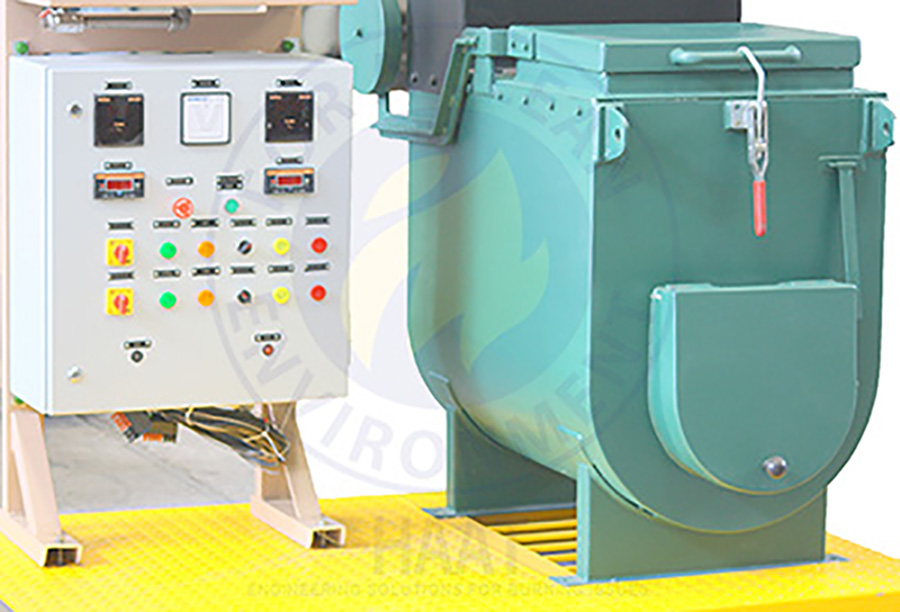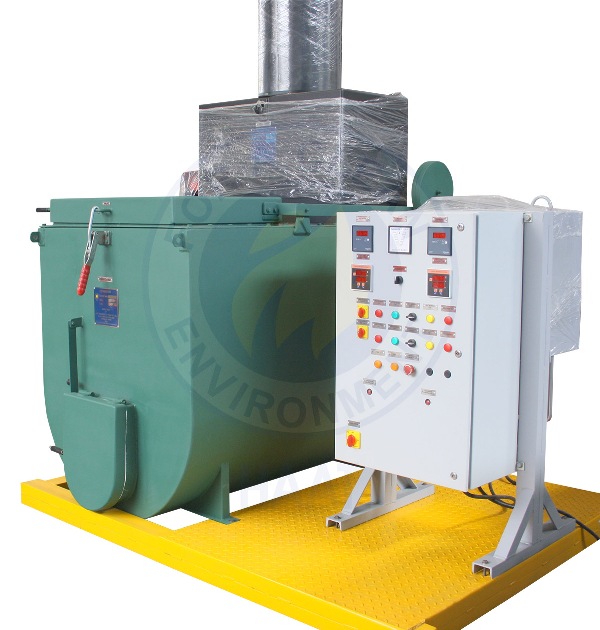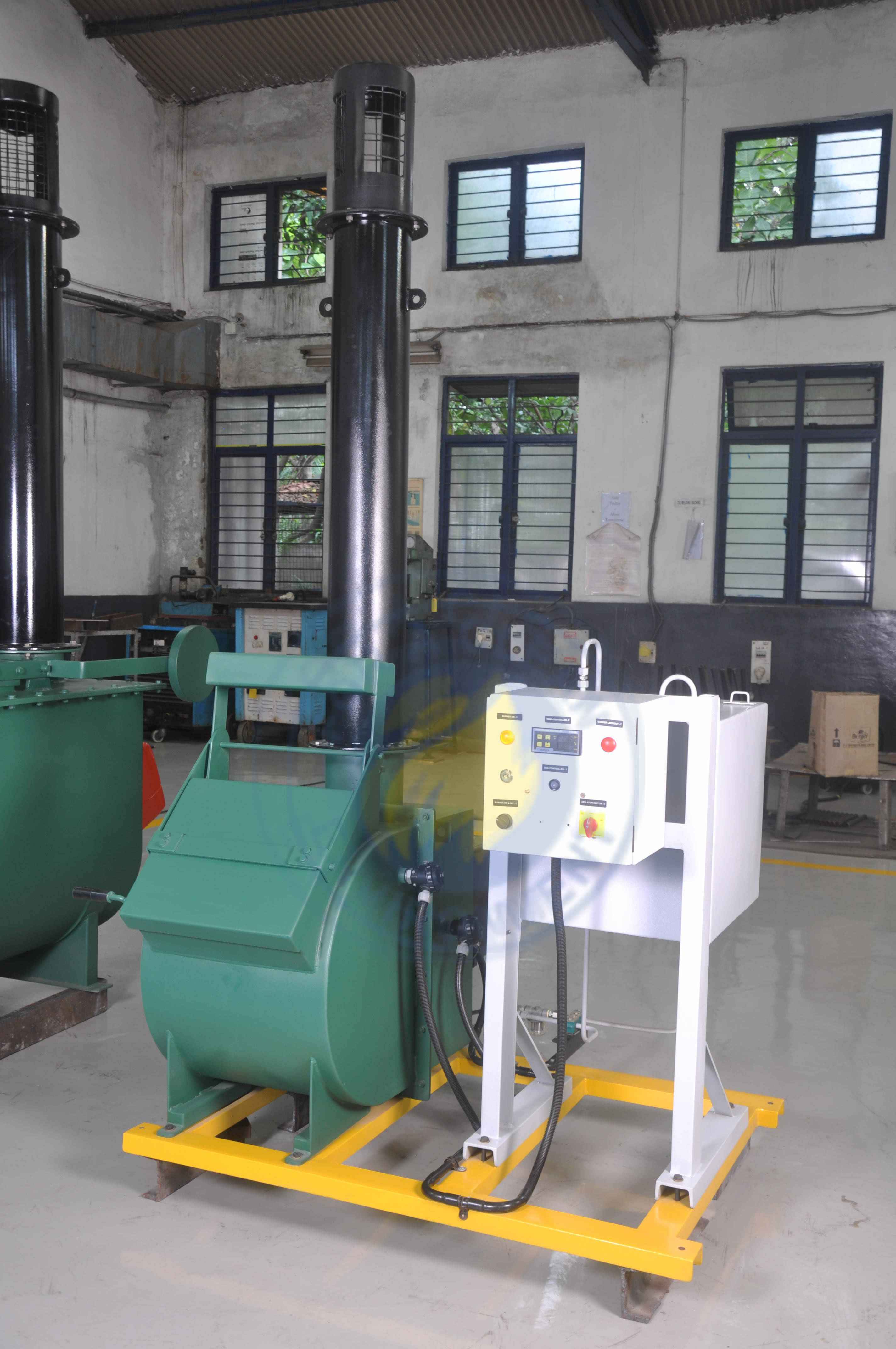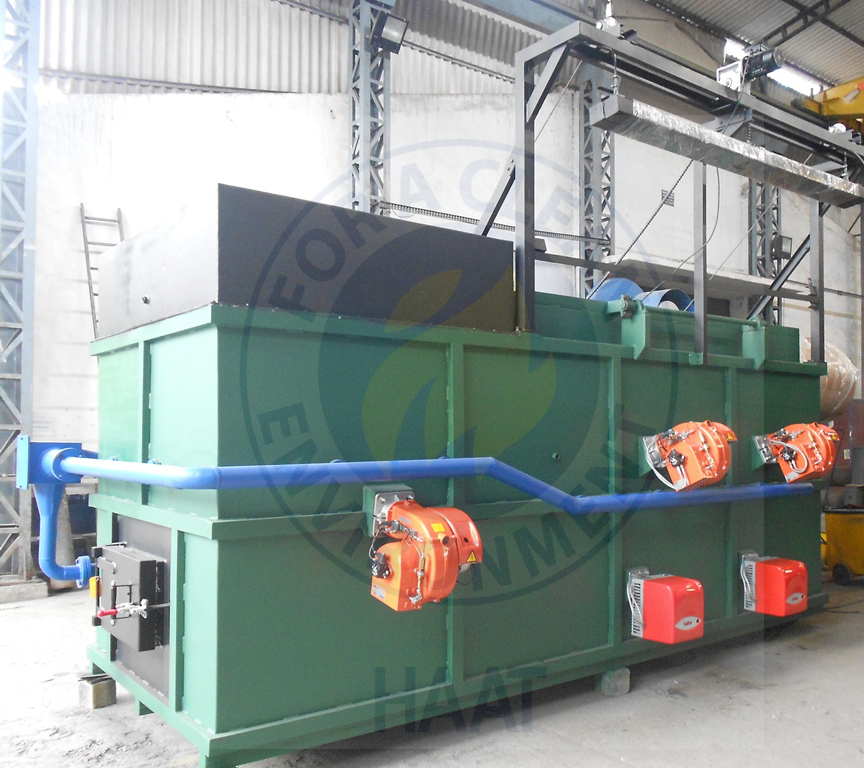The earliest references to animal testing are found in the writings of the Greeks in the second and fourth centuries BC. Aristotle and Erasis...
The earliest references to animal testing are found in the writings of the Greeks in the second and fourth centuries BC. Aristotle and Erasistratus were among the first to perform experiments on living animals. Arabic physician Moorish Spain introduced an experimental method of testing surgical procedures before applying them to human patients.
Animals have been repeatedly used throughout history in biomedical research. As experimentation on animals increased, especially the practice of vivisection, so did criticism and controversy. The argument was that animal physiology could be affected by pain during bisection rendering results unreliable. There were also objections on medical basis contending that the benefit the humans got did not justify the harm to animals. On the other hand, those in favour of animal testing held that experiments on animals were necessary to advance medical and biological knowledge.
All the above resulted in some kind of regulation and the use of 3Rs as guiding principles for more ethical use of animals in testing. The 3Rs state:
Replacement- which refers to the preferred use of non-animal methods over animal methods wherever it is possible to achieve the same scientific aims. The method includes computer modelling.
Reduction - which refers to methods that enable researchers to obtain comparable levels of information from fewer animals.
Refinement - which refers to methods that alleviate or
Rabbits, guinea pigs, and mice are some of the small animals used in the experimentation of new drugs and vaccines before these are modified or developed for use by humans.
These small animals once infected are secured in the lab and cannot be released due to potential infection transmission to other animals and humans. Many of them also die during the process. The carcasses of these small animals have to necessarily be disposed of safely.
Not only this, their wastes such as droppings and litter have to be disposed of safely and scientifically.
Haat has supplied many incinerators for these wastes, particularly dead animals, to many establishments including laboratories, test houses, research institutions and hospitals and these systems are working effectively for many years now.
The models that are usually preferred are the GD, PD and ADR.
Haat has been trusted for many decades in the disposal of animal carcasses – big or small!
“Haat has successfully installed and commissioned an incinerator for the Ministry of Interior.” – Mohammed Al-Mazrou, President, Saudi Bell Group.









